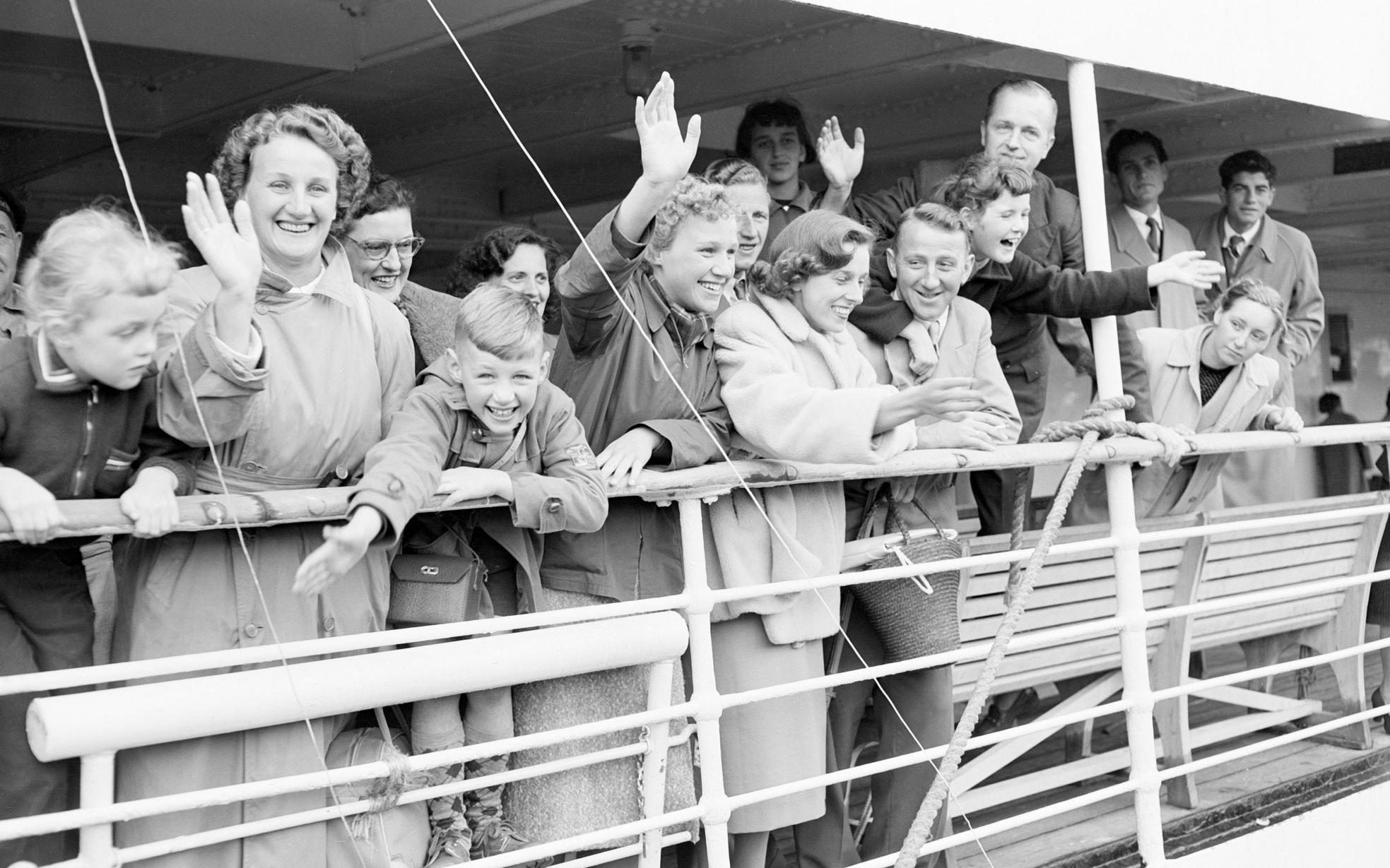Learning module:
Australia since Federation Defining Moments, 1901–present
Bringing it together
2. History Spotto

You have learned about how democracy developed in Australia during the twentieth century.
But can you see any evidence or examples of that in your own local community? Here’s an activity to help you investigate.
Look at your local community and identify any places or people or objects that tell you about the history and democracy you have been learning about this year. There might be a statue to a famous person such as Henry Parkes; or a building where laws are made, such as a local government building; or there might be a memorial to some local or national event (there will almost certainly be a war memorial, for example).
Do a survey of your local area and look for evidence of the twentieth century. Don’t forget to look in your own school yard, where there will be a reminder of Federation that you see every day.
Good luck!
Finding history and democracy in my community
| Possible evidence | What to look for | What you find |
|---|---|---|
| Memorials | Statues and plaques, they usually name someone or some event. | |
| Street names | Often named after an event or a local person. | |
| Government buildings | Are they for national areas of the Constitution, or state or territory ones? | |
| Your school | It might be named after a person or event. Make sure you look at the flag pole! | |
| Places that make laws | Are they for national areas of the Constitution, or state or territory ones? | |
| House names | Sometimes houses have names that tell you about migration or people. | |
| House styles * | These may tell you when your suburb or town was built up. | |
| Parks and gardens | These may be named after significant people. | |
| Local shops | Look at the names. Do they tell you about migration and multiculturalism? | |
| Celebrations and ceremonies | Are there any special days such as Anzac Day which are celebrated in your area? Or ceremonies for naturalisation (new citizens of Australia)? | |
| Any other | You may have historic areas, or other places special to your suburb or town |
* Australian Home Architecture Styles Illustrated is a useful guide to identifying and dating different Australian house styles.








